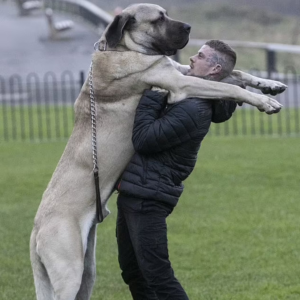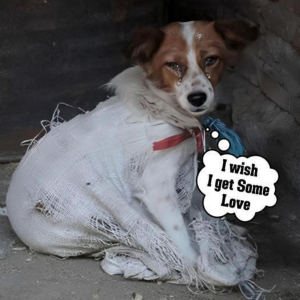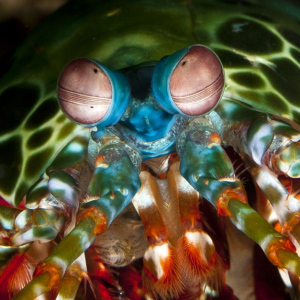First discovered in Vu Quang National Park, Ha Tinh in 1992, Sao la became a rare large animal discovered in the 20th century. This mysterious animal only lives in the old forests of Truong Son , along the Vietnam – Laos border with extremely small numbers.
The last time a Saola was recorded in the wild was in 2013 through camera traps by WWF Vietnam. Over the past 11 years, no further photos of the species have been recorded in the wild, despite the relentless efforts of wildlife conservation organizations.
In this persistent effort, with the hope of finding and restoring this mysterious animal population, a Saola search program in the wild called “Saving Saola from the Brink of Extinction” funded by the EU through the Re:wild organization is being implemented from October 2022 to July 2024.
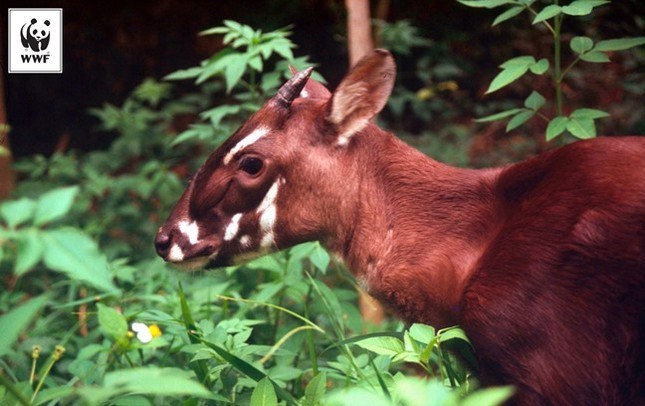 |
| For more than 11 years, Saola has not been recorded in the wild. Photo taken in 2013 by WWF – Vietnam. |
Although no Saola footprints have been recorded, nor have any photos been taken of this rare animal, the project’s activities have carried out many tasks to increase the ability to search for and detect this animal.
Conservationists have identified 55 potential areas from Nghe An to Quang Nam provinces where saola may still be present, and have enlisted 46 local people with indigenous ecological knowledge who are willing to participate in future saola searches and ex-situ conservation activities.
According to a representative of WWF Vietnam, far exceeding initial expectations, the participation of a large number of local people with knowledge of indigenous ecology will be the foundation for implementing the next in-depth field surveys.
Conservationists also conduct surveys, field research using camera traps and eDNA (environmental DNA samples) collection to detect the last Saola individuals in priority areas.
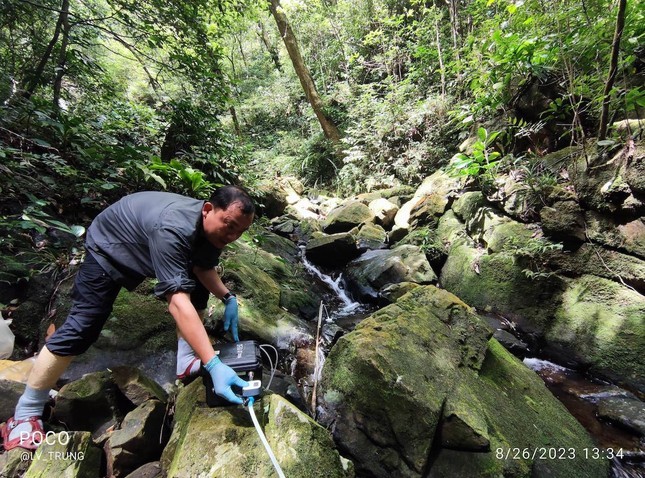 |
| Conservationists collect water samples to search for traces of Sao La in Quang Binh province. Photo: WWF – Vietnam. |
The program installed 2,543 camera traps and collected 1,178 eDNA samples in 16 high-priority areas in the Central Annamites, focusing on Saola-related sites such as animal trails and water sources.
Over the past two years, some 852,529 photographs have been taken and 1,178 eDNA samples have been collected. These samples have been sent to experts in Germany and are undergoing in-depth analysis.
In addition, in an effort to enhance the conservation of Saola and its wildlife, a communication campaign called “Keep the Forest Intact – Meet Saola Again” was launched to raise public awareness, increase Saola recognition across the Central Truong Son region, and call on the community to provide valuable information to support Saola detection and conservation. The campaign was deployed on 22 media channels, reaching 5.6 million people and attracting 316,000 interactions.
arrow_forward_ios Read more
According to Dr. Van Ngoc Thinh, General Director of WWF Vietnam, the organization still believes that in the mountainous forests of the Central Truong Son range, in some places that have not been surveyed, there are still some Saola individuals remaining.
“With the joint efforts of the Vietnamese Government, state management agencies, conservation organizations and the community of nature lovers, WWF Vietnam believes that there is still a chance to reverse the rapid decline in biodiversity in Vietnam and globally. However, to achieve the goal of restoring ecosystems and conserving wildlife, we need to act urgently and effectively,” said Mr. Thinh.
Recorded many rare animals while searching for Saola
During the journey to find the Saola, the Project recorded the presence of 59 rare and highly threatened wildlife species in the Central Truong Son landscape. Four of these are critically endangered species including the Large-antlered Muntjac, Pangolin, Red-shanked Douc and Crested Pheasant. The Large-antlered Muntjac, a species discovered in the 1990s, is very rarely recorded in the wild. In addition, there are 5 species at the Endangered level including the Ha Tinh Black Langur, Gray Langur, Striped Rabbit, Northern Owston’s Civet and Mountain Tortoise.
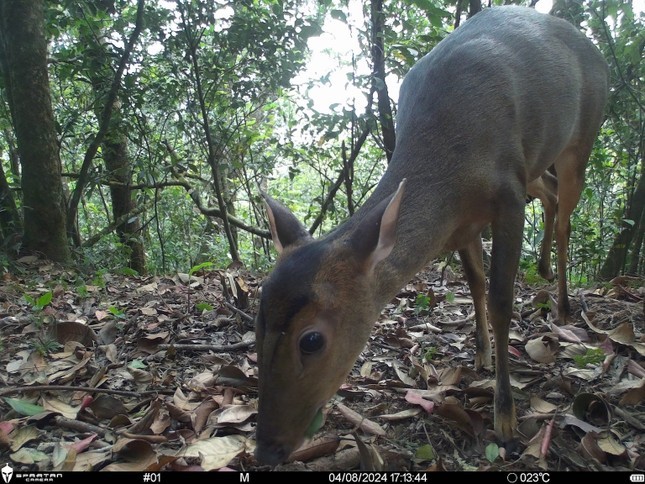 |
| Large-antlered muntjac recorded in Vu Quang National Park, Ha Tinh province during the search for Saola. Photo: WWF Vietnam. |
According to a representative of WWF Vietnam, data on this wildlife population will be an important basis for biodiversity data in the Central Truong Son region in general and will be the basis for National Parks, Conservation Areas and forest owners to develop appropriate conservation plans.
WWF Vietnam representatives called on people, especially those living near forests, to raise awareness of wildlife conservation. If illegal hunting continues, the journey of tracing will not stop at Saola. Truong Son Mang, Pheasant, Red-shanked Douc, Truong Son Striped Rabbit and other animals are all at risk of gradually disappearing in the wild. Humans, therefore, are at risk of facing the loss of biodiversity and disruption of ecological balance with extremely serious consequences.
